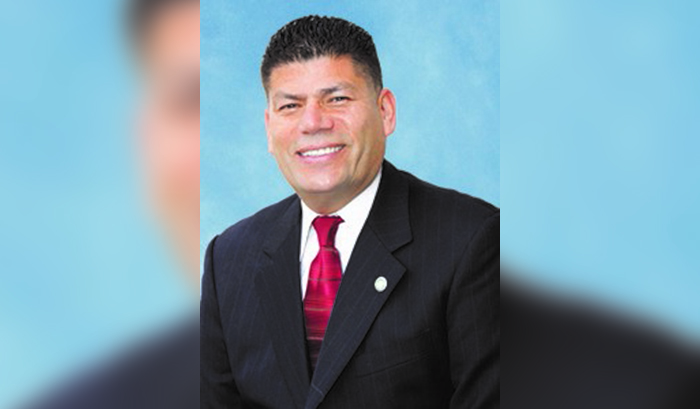The Culver City Unified School District is one of relatively few districts in the nation being honored by the College Board with a place on its AP Achievement List.
The benefit: Opening AP classroom doors to a significantly broader pool of students while improving the percentage of students earning scores of 3 or higher.
From 2008 to 2010, Culver City has increased the number of students participating in AP from 340 to 420, while [maintaining/improving] the percentage of students earning AP Exam scores of 3 or higher, the score typically needed to earn college credit, from 63 percent in 2008 to 64 percent in 2010. “Culver City High School is truly deserving of this honor,” said first-day Supt. Patti Jaffe.
“Advanced Placement students at CCHS are required to complete the end of the course exam to ensure that they get the full benefit of the rigorous college-level program. The school works closely with students and families to provide scholarships for those who need assistance.”
High school Principal Dr. Pam Magee, Assistant Principal/AP Coordinator Dylan Farris, the teaching staff and school counselors seek to emphasize the importance of encouraging all students to enroll in Advanced Placement courses.
The AP Achievement List is made up of all school districts that are simultaneously expanding opportunity and improving performance, so even low-performing districts are included if they have been able to maintain or improve scores while expanding access. The list includes 388 school districts representing 43 states, with California’s 37 districts on the list representing the largest number of districts from a single state, followed by Michigan with 29 districts and Pennsylvania with 28 districts.
“Participation in college-level AP courses can level the playing field for underserved students,” said College Board President Gaston Caperton. “It can give them the confidence needed to succeed in college, and raise standards and performance in key subjects like science and math.”
Many U.S. school districts have focused on expanding access to AP courses as part of a strategy for fostering college readiness. While these efforts have resulted in more students earning scores of 3 or better — the score typically cited as a “qualifying” or “successful” score because the majority of U.S. colleges provide college credit or advanced placement for this score — these efforts have also resulted in more students now earning scores of 1 or 2. Accordingly, there has been a slight decline since 2001 in the percentage of AP students scoring a 3 or better, a decline that is to be expected in any program attracting a broader cross-section of students.
Helping more students learn at a higher level and earn higher AP scores is an objective of all members of the AP community, from AP teachers to district and school administrators to college professors. Many are experimenting with a variety of initiatives and strategies to determine how to expand access and improve student performance simultaneously.
“These districts are living proof that when access to AP is provided for the range of prepared, motivated students, districts can achieve even higher learning outcomes for their students, ” said Trevor Packer, vice president of the College Board’s Advanced Placement Program.






